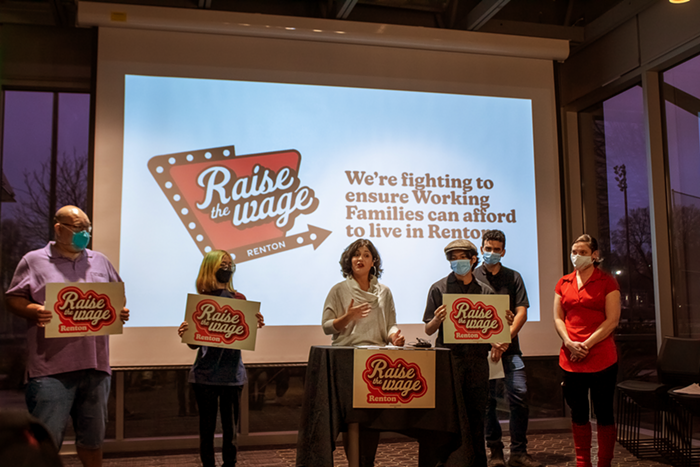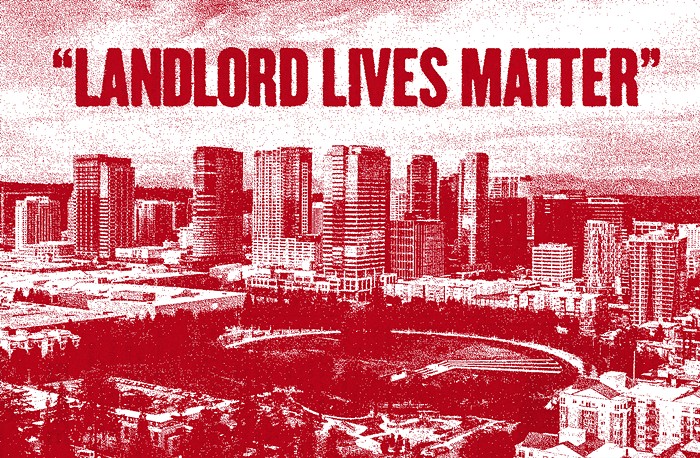In 1993, minutes before Super Bowl XXVII, NBC ran a 30-second public-service announcement that made this statement: "Domestic violence is a crime." A coalition of antiviolence groups called FAIR was behind the PSA. The group more or less claimed that Super Bowl Sunday was responsible for a marked increase in the number of intimate-partner abuse incidents in the U.S., and put pressure on NBC (then hosting the game) to donate $500,000 worth of commercial space for their cause. The executives at NBC gave in, and ran the antibattering ad. Almost immediately, it sparked a debate that has yet to cease: Does all of the aggression generated on the playing field of the Super Bowl, an event that is watched by over 100 million Americans, activate or aggravate violent drives in men; or is there no connection whatsoever between the two extremes?
Many journalists, led by Ken Ringle of the Washington Post, claim that the domestic violence/Super Bowl story is entirely made up, and relegate it to the condition of an urban myth. Others, such as myself, believe the Super Bowl is inherently violent and militaristic, and so it would seem likely to encourage a disturbance rather than peace, particularly in domestic situations that are already tense and have a history of violence. One commercial that was designed for Super Bowl XL clearly makes this connection. It is for Michelob Amber beer and shows a pretty woman getting slammed, super sacked, totally flattened by a man who, after the terrible tackle, stands, and yells, with wife-beater force, at the woman's crushed body: "You were open, now you're closed." If it is impossible to establish a scientific link between violence against women and the violence in the Super Bowl, this beer ad proves that a psychological one is certainly there.
Having failed to find a real study that supports or debunks the popular correlation, I decided to conduct a mini experiment on Super Bowl XL. This was my method: I looked over all the crime reports that were filed in Seattle from February 3 to February 6, the day after the Super Bowl, selecting the DV (domestic violence, domestic disturbance, domestic threats) incidents from each day. What I learned is this: Friday had eight DV-related reports, Saturday had four, Sunday had 22 (during the hours just before and following the game), and Monday had nine. On Sunday, February 5, in the area of Seattle, there was a 50 percent increase in reports that involved a male hitting or threatening to hit a female. Not only that, the aggressor/victim combinations covered the entire spectrum of human sexuality—male/male, female/female, and female/male, each with a significant increase on Sunday when compared to the other monitored days. But by far, male/female binary stood as the dominant structure for physical, intimate-partner abuse. It was also the most violent.
From one report of an incident that occurred during the second half of the game: "[Her ex-boyfriend] attacked without provocation. He struck her on or about the face and head three times, with closed fists. She sustained a visible raised bump on the right side of her forehead. In addition, she had bite mark and scratch on her right shoulder..." From another report of an incident that occurred near the end of the game: "[Her ex-boyfriend] grabbed her throat and threw her down to the ground. He then grabbed her hair and shook her head and hit her face with his open hand. She could not breathe for a second..." (That particular report darkly echoes the Michelob Amber beer ad.)
One skeptic of my methodology, Erica Barnett, said the results were worthless, contending that Sunday might simply be the most violent day for intimate-partner abuse. "Two people have been together for two whole days. They don't like each other. They stopped liking each other a long time ago. They are ready to kill each other." Granted, my test doesn't prove anything substantial. But as one who looks at police reports every week, I can attest to the fact that women are under constant attack—from men at work, on the street, and at home. Domestic violence is not just a crime, it is a popular crime.



















